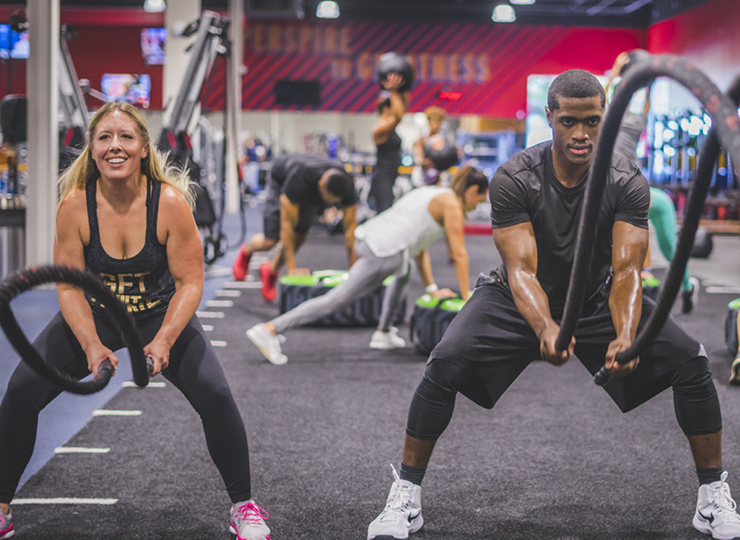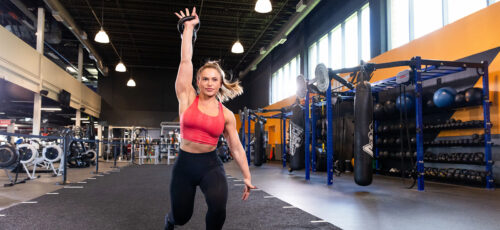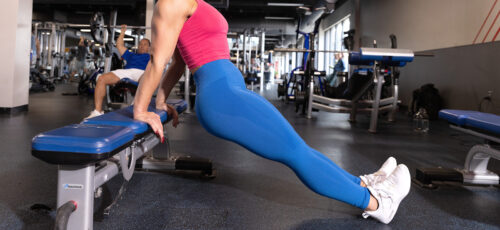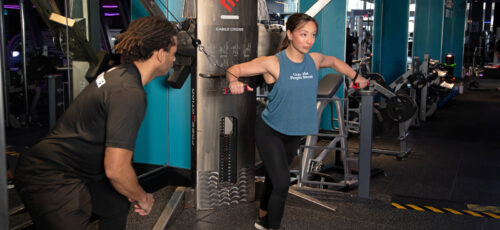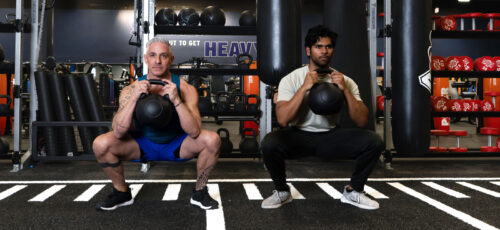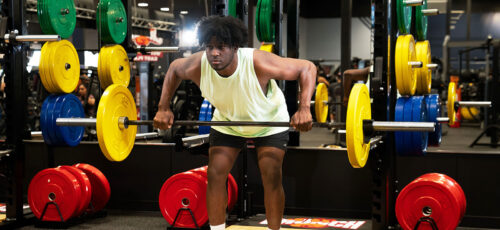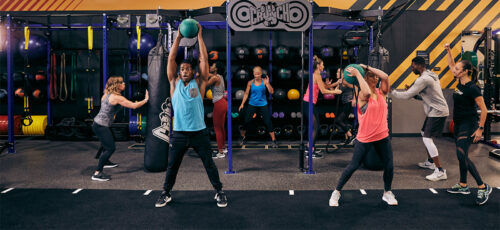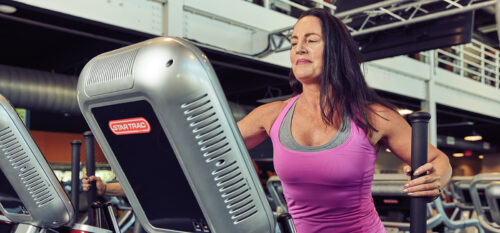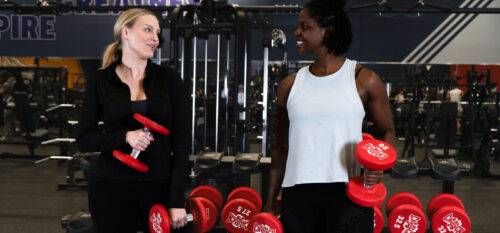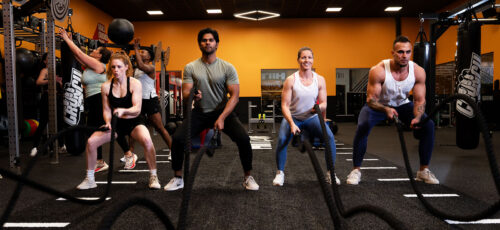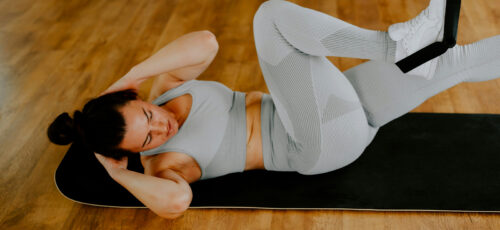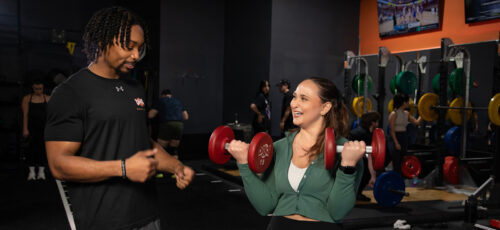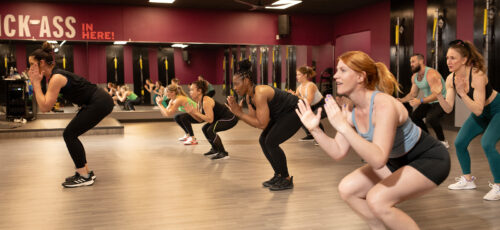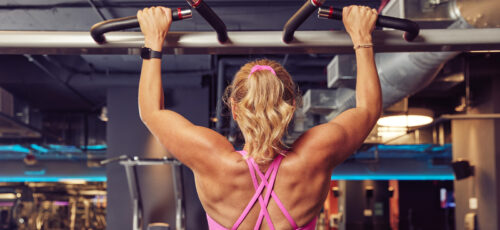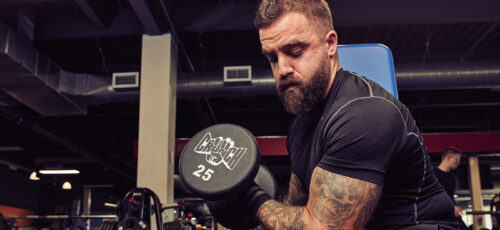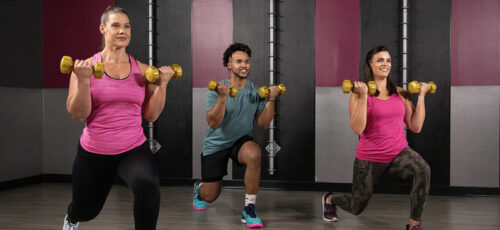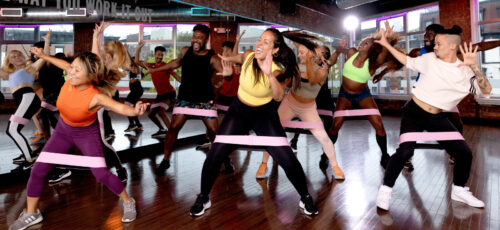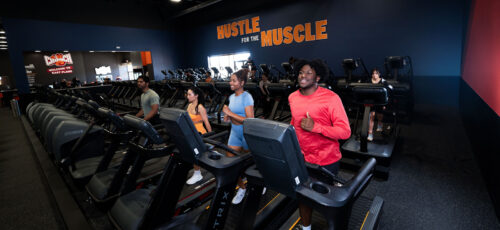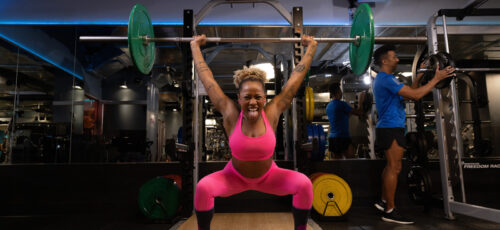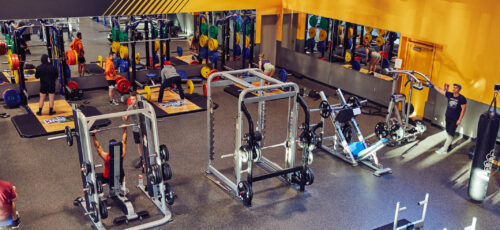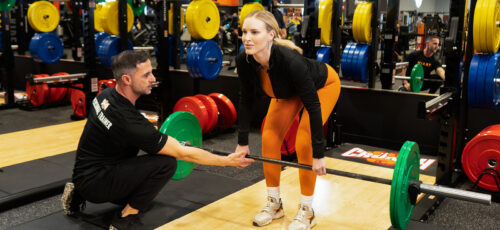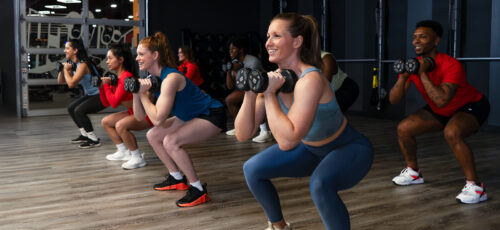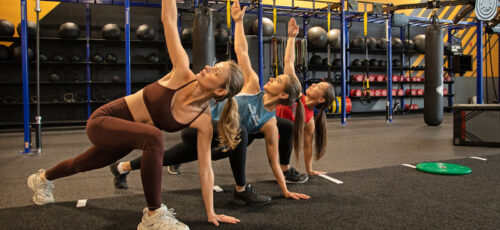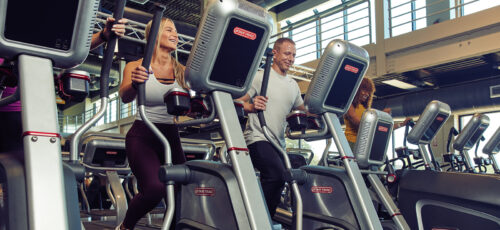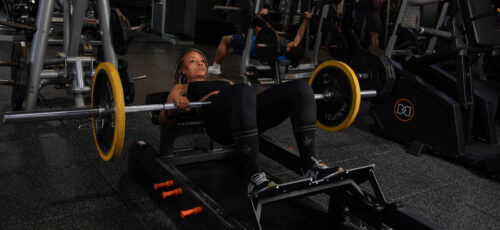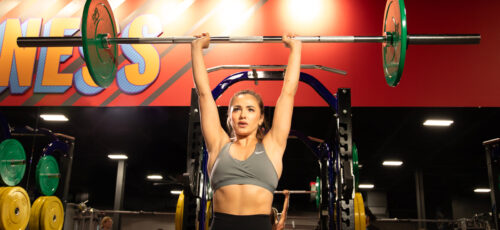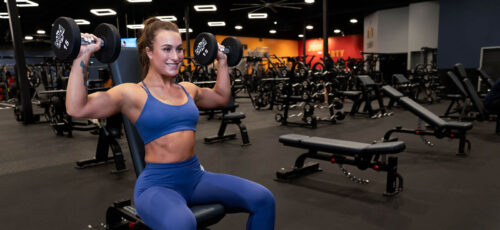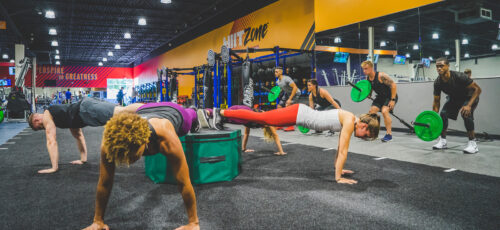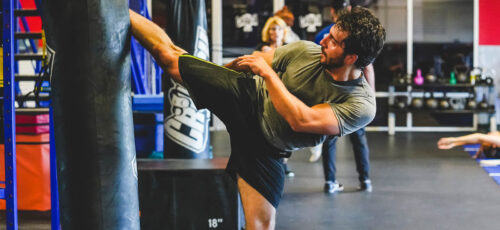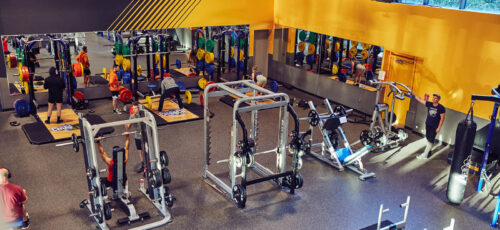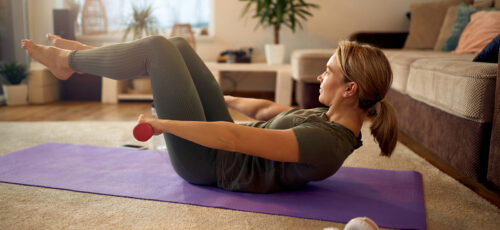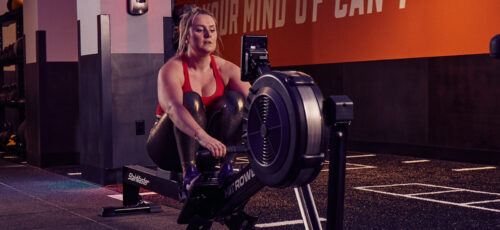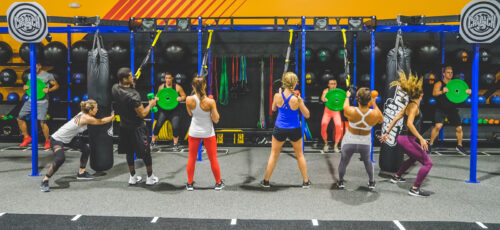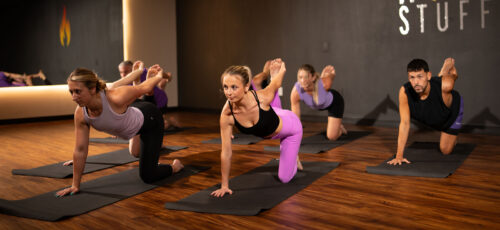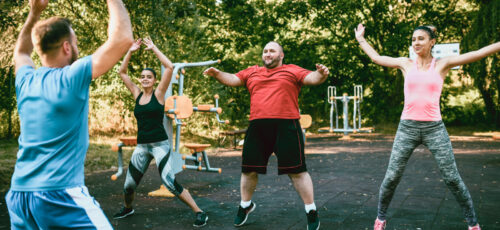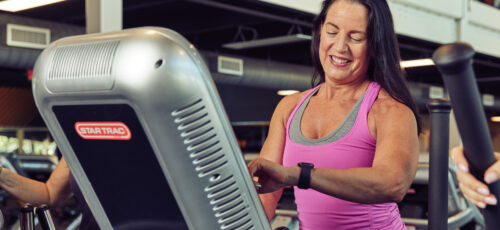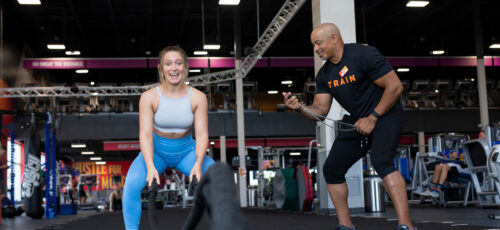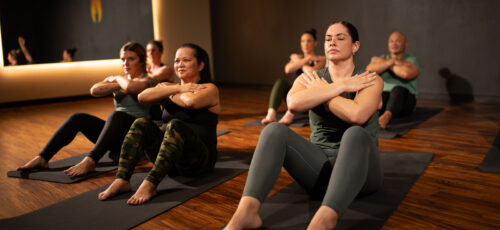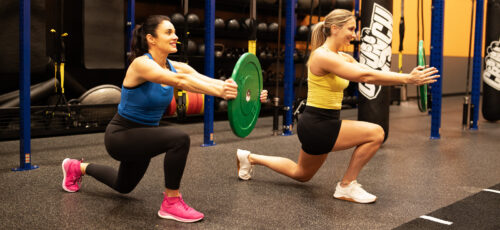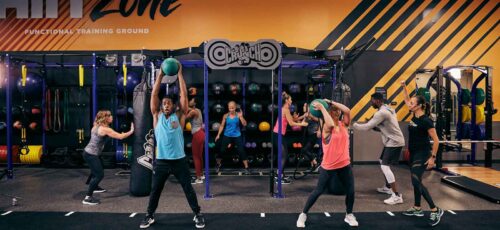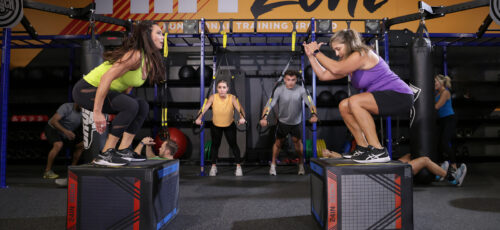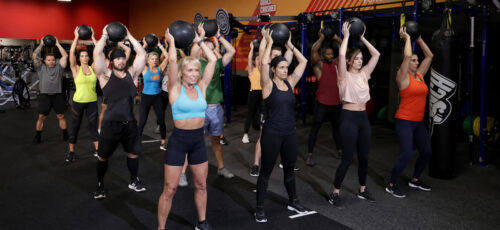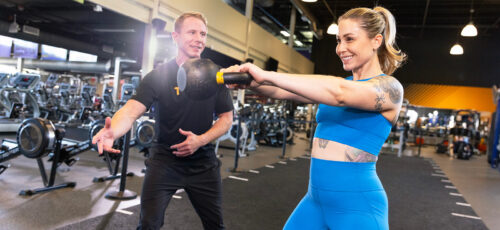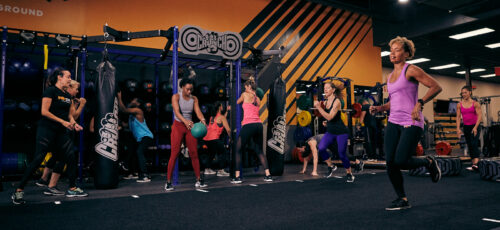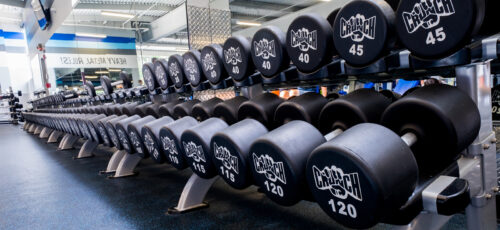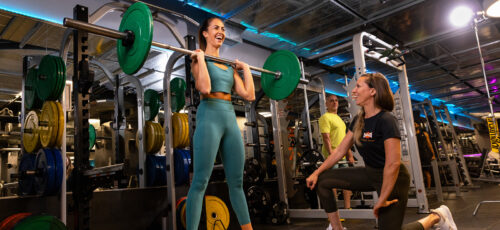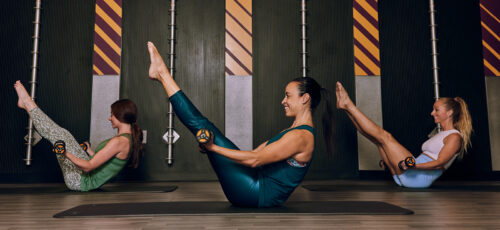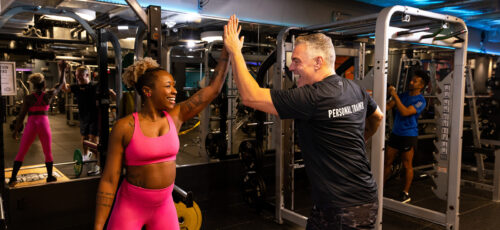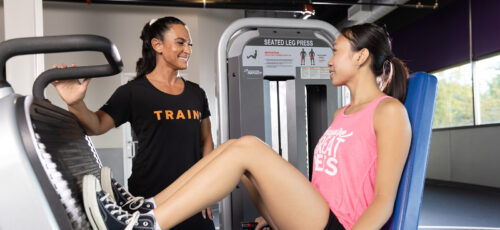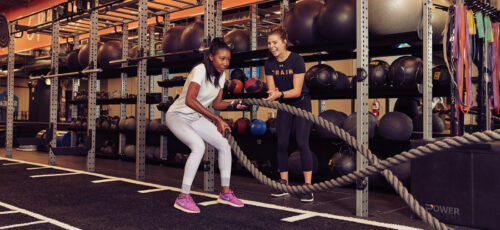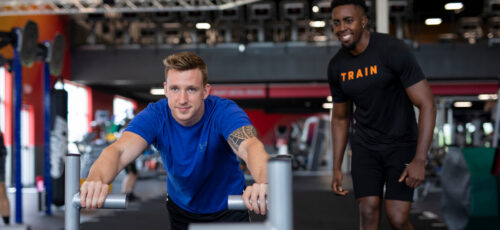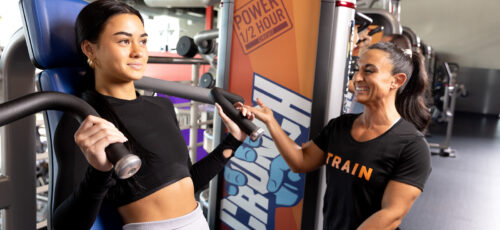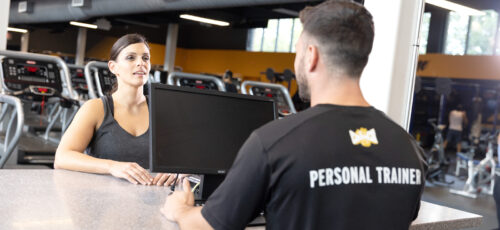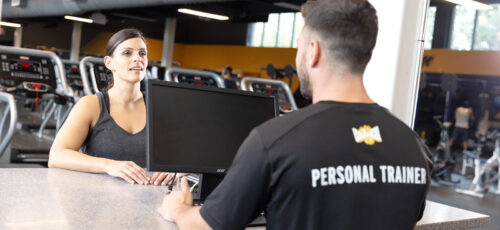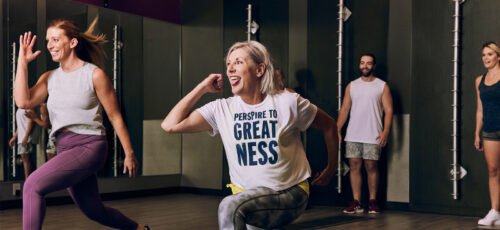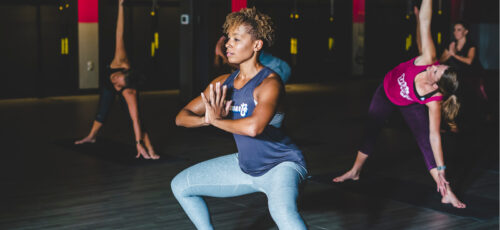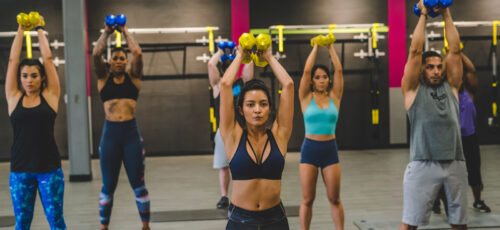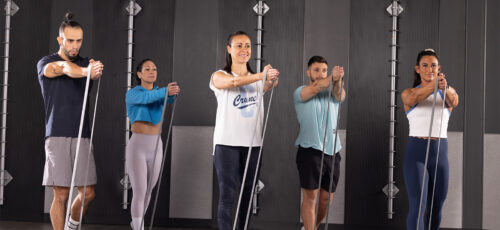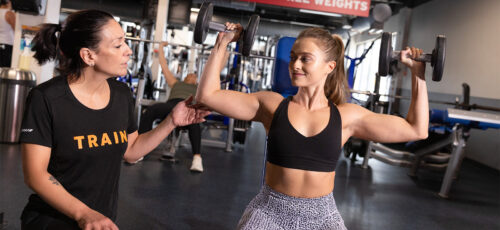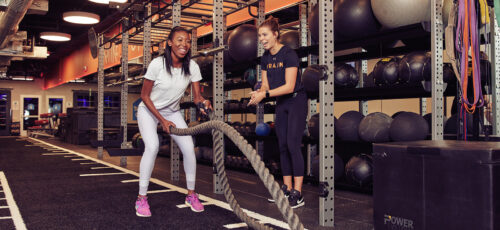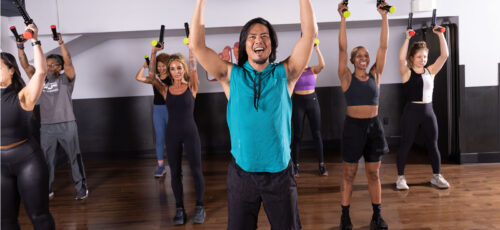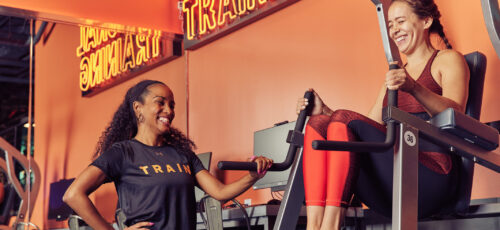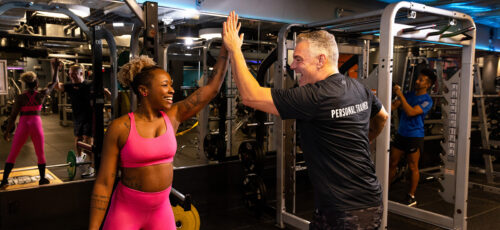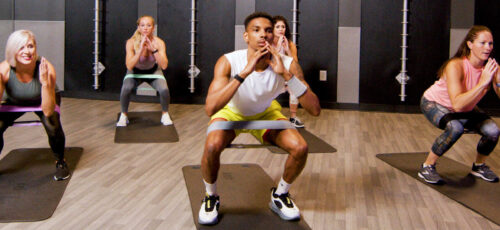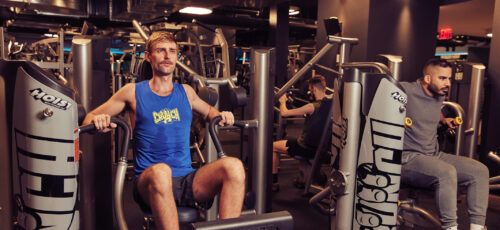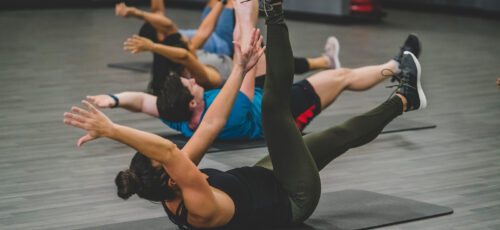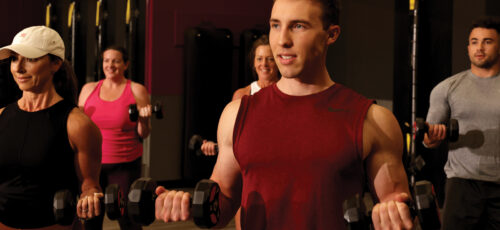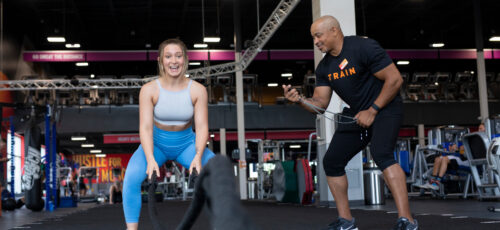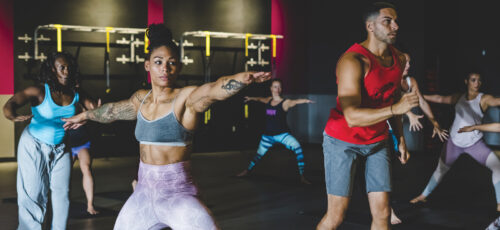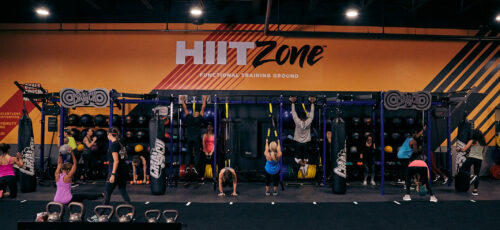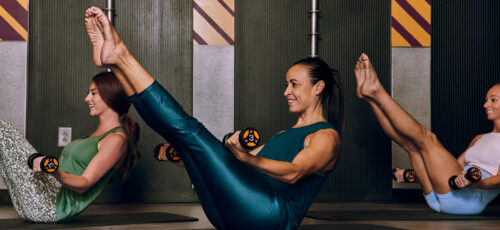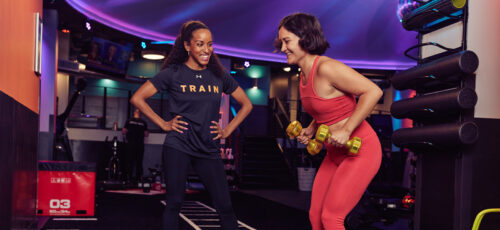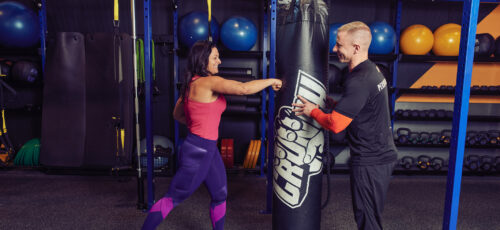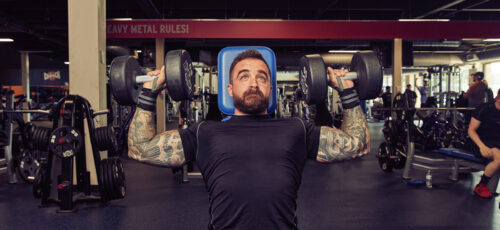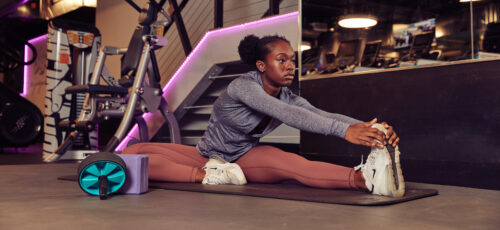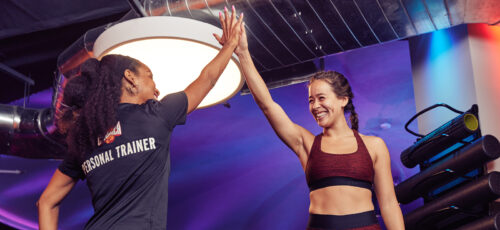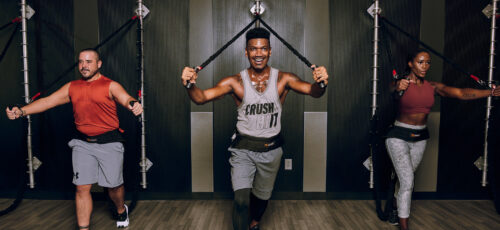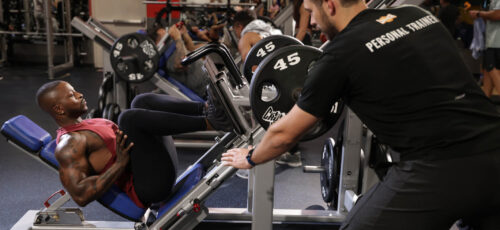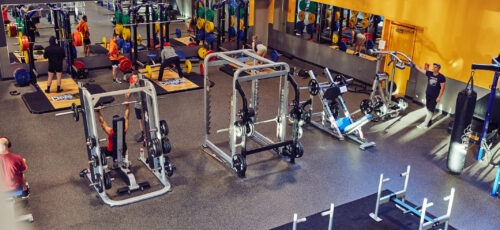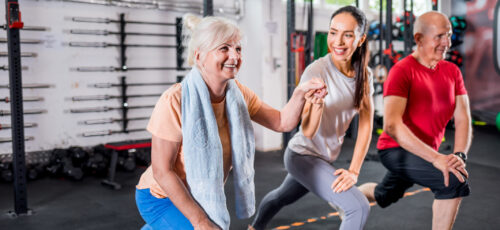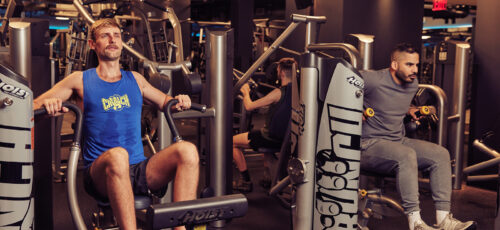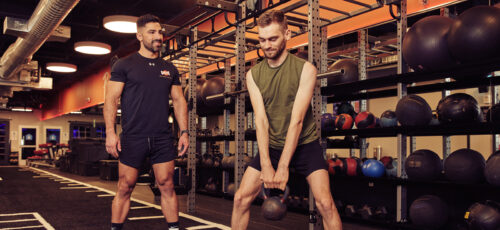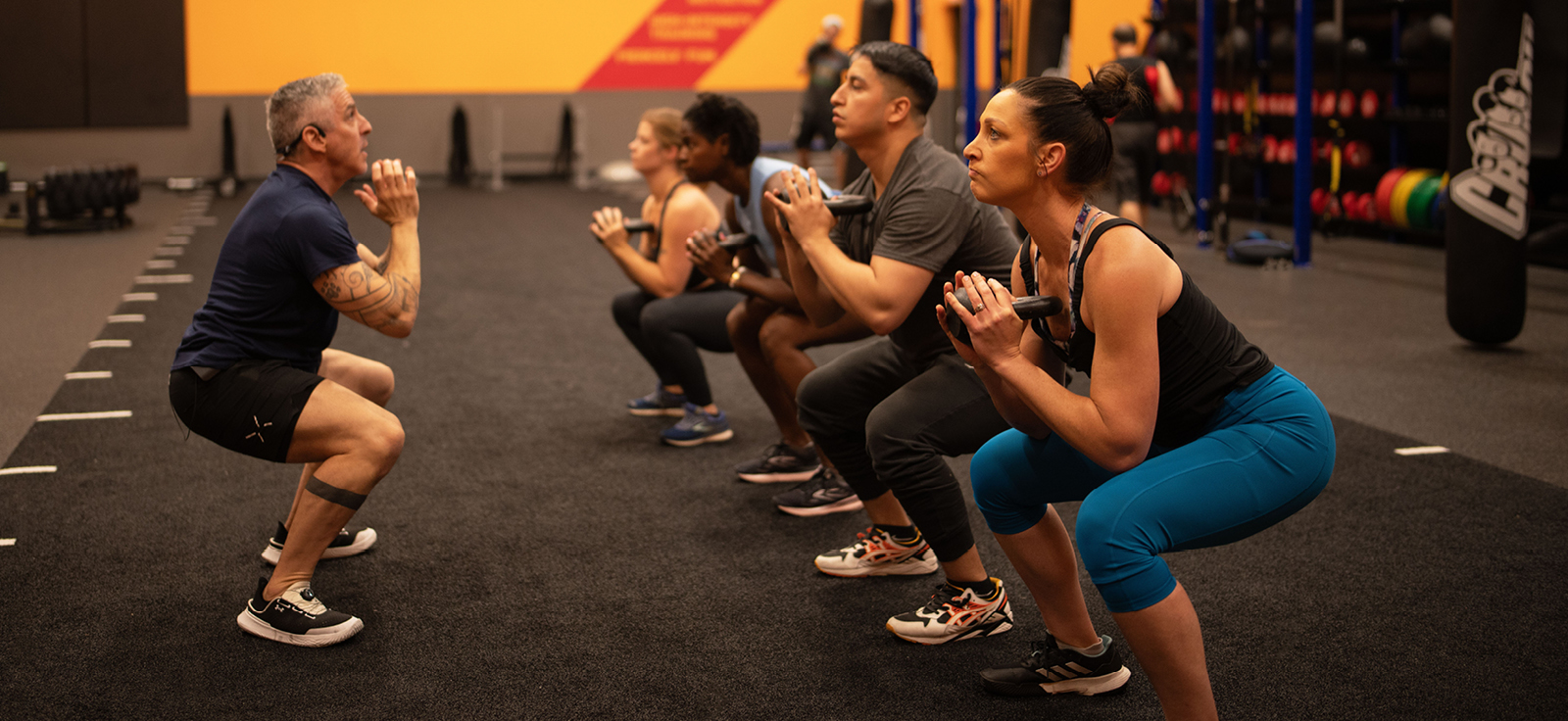
Finding time for fitness is often a terrible challenge nowadays. Between work, family, and personal commitments, carving out hours for the gym seems nearly impossible.
Many people seek to maximize their workout benefits in a short amount of time. Fortunately, high-intensity interval training, known as HIIT workouts, is an ideal solution for time-efficient exercise. Requiring no equipment, HIIT exercise offers a quick and convenient method to improve fitness levels.
But can a 30-minute HIIT workout honestly give the fitness goals we all strive for? Let’s delve into the science to see if this workout can provide maximum results quickly, giving you the hope and motivation to achieve your aspirations.
This in-depth exploration of the 30-minute HIIT workout will equip you with the knowledge to make better decisions about your fitness journey, whether you’re a gym goer or a busy professional. It will empower you to take control of your health and fitness.
What is a HIIT Workout?
HIIT workouts consist of alternating short bursts of high-intensity exercises with periods of lower-intensity interval training or rest. One common variation is Tabata training, which consists of a four-minute continuous repetition of 20 seconds of maximal effort followed by 10 seconds of rest.
Compared to traditional aerobic or steady-state exercise, High-Intensity Interval Training workouts push your body! During intense exercise, your body reaches at least 80% of its maximum aerobic capacity or oxygen uptake rate.
This practice causes your body to switch to anaerobic metabolism. In this state, the heart cannot supply enough oxygen to meet the demand.
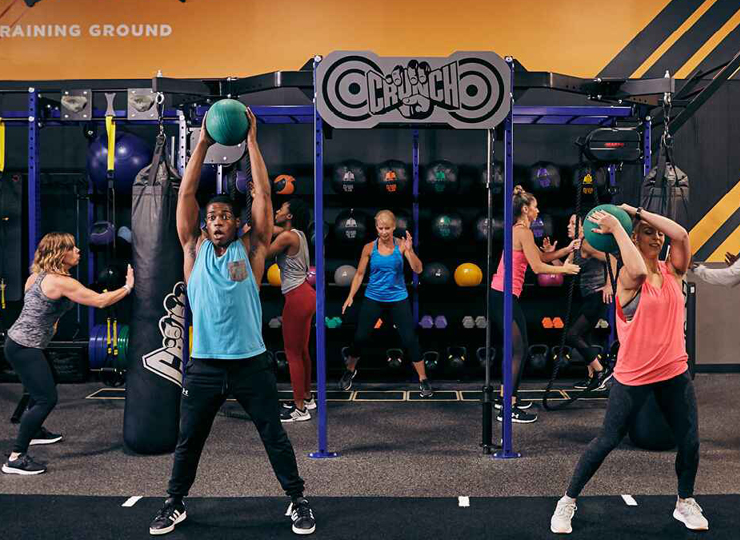
As a result, multiple organs respond, leading to a more significant training effect.
Imagine doing a 30-second sprint at full speed on a treadmill, pushing yourself to at least 80% of your maximum effort. After this intense burst, you slow down to a light jog or walk for one minute to catch your breath. During the sprint, your body can’t get enough oxygen, forcing it to work anaerobically, significantly boosting your metabolism and training response.
HIIT Workout: How much is too much?
It’s no secret that exercise is good for you—leading an active lifestyle can help lower blood pressure, enhance mental health and cognitive function, and reduce the risk of chronic illnesses like heart disease and cancer.
Much research focuses on how different types of intense exercise can affect our bodies. The Centers for Disease Control and Prevention recommends that adults get at least 150 minutes of moderate-intensity aerobic activity, 75 minutes of vigorous-intensity activity, or a combination of both each week, along with strength training on at least two days.
It’s understandable that aiming for 150 minutes of physical activity per week might sound like a lot, but don’t worry – you don’t have to do it all at once. How about aiming for 30 minutes a day, five days a week? You can spread your activity over the week and break it into smaller, more achievable sessions.
The National Library of Medicine mentions that 30 minutes of moderate-intensity exercise can offer multiple benefits, such as improving cardiovascular health, reducing abdominal fat, and maintaining muscle mass. However, it is important to do this type of workout sparingly.
Consider tailoring your HIIT workout based on the time you commit to exercising each week.
For Busy People?
An hour-long or 30-minute HIIT training session can be intimidating if you have a busy schedule, feel tired, or are simply not ready. Fortunately, a 10—to 20-minute workout can be significantly more beneficial than skipping exercise altogether.
Research indicates that short HIIT workouts can also help reduce obesity. Additionally, another study suggests that brief workouts can boost metabolism. You can include exercises in your short HIIT routines to maximize your time effectively.
Remember, you can effectively work out at home without needing a gym. All you need is a mat for comfortable exercise.
HIIT Workouts: Routine and Regime
A HIIT workout routine refers to the specific exercises and structure. It details the duration and type of high-intensity intervals and the recovery periods between them.
A HIIT workout regime is a structured fitness plan alternating between short bursts of intense exercise and periods of lower-intensity recovery or rest. It maximizes efficiency and results in a shorter time than traditional steady-state cardio exercises.
Let’s explore the components and benefits of 30-minute Workouts:
HIIT Workout Routine: Components
Warm-Up
An essential part of any HIIT training, a warm-up prepares your body for the intense activity ahead. This pre-workout can include dynamic stretches, light jogging, or other low-intensity exercises.
High-Intensity Intervals
These are short bursts of maximum-effort exercises, typically lasting 20 to 60 seconds. Examples include sprints, jump squats, burpees, or kettlebell swings.
Recovery Periods
Following each high-intensity interval training session, a brief recovery period lowers your heart rate slightly. These periods can include light jogging, walking, or complete rest and typically last 1 to 2 minutes.
Repeat
The cycle of high-intensity interval training and recovery periods is repeated multiple times, depending on the workout duration and fitness level.
Cool Down
After completing intense HIIT workouts, a cool-down period helps your body recover. It can involve static stretching, slow walking, or other gentle activities to reduce muscle stiffness and promote relaxation.
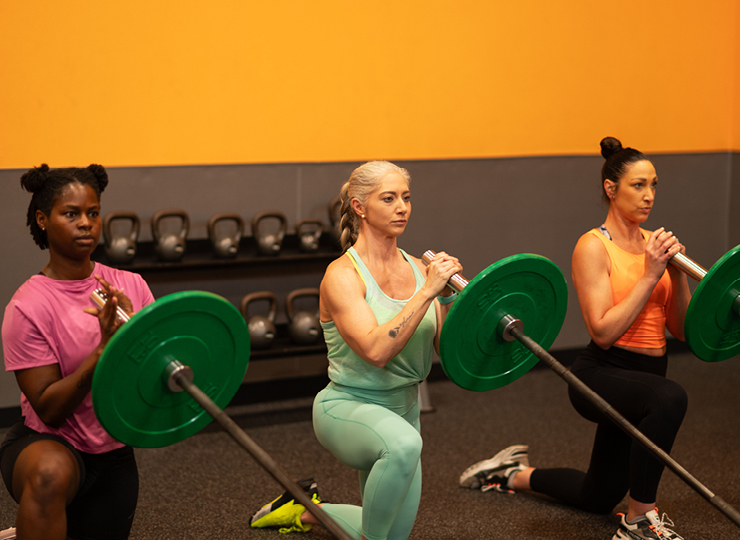
Benefits of a HIIT Workout Regime
Time Efficiency
HIIT workouts are typically shorter, often lasting between 15 to 30 minutes, making them perfect for those with busy schedules.
Improved Cardiovascular Health
The intense bursts of exercise challenge your heart and lungs, improving overall cardiovascular fitness.
Increased Metabolism
HIIT can boost your metabolism for hours after the workout due to the excess post-exercise oxygen consumption (EPOC) effect.
Fat Loss and Muscle Maintenance
This regime helps reduce body fat while preserving muscle mass, leading to a leaner physique.
Versatility
A HIIT program can include mixed exercises, such as bodyweight movements, running, cycling, or using equipment like kettlebells and dumbbells.
By incorporating a HIIT workout routine and regime into your fitness plan, you can achieve significant health benefits and improvements time-efficiently.
HIIT program offers versatility and effectiveness for all fitness levels at home or in the gym.
Lifesaver for Busy People
HIIT exercise is a lifesaver for busy people who must burn calories quickly on hectic days. The best part? You don’t need a gym membership to do these workouts.
With just a few primary machines or items like kettlebells, dumbbells, or medicine balls, you can squeeze in a HIIT training anytime, anywhere—at home, in a park, or even in a hotel room.
Imagine effortlessly melting away calories in the comfort of your space—no excuses needed. It’s fitness that fits your busy lifestyle perfectly!
If you dream of having a home gym, Crunch Fitness is here to help simplify the process with this information.
How to get started with HIIT?
Ready to dive into HIIT sessions? Start with short bursts of intense exercise, like sprinting or jumping jacks, followed by brief periods of rest or lower-intensity movements.
Gradually increase intensity and duration as your fitness improves. Focus on proper form and listen to your body’s cues. With consistency and progression, HIIT groups can become a rewarding part of your fitness routine.
Here are some examples of HIIT workouts that you can find at Crunch Fitness:
Circuits
- Squat jumps—30 seconds
- Push Ups with shoulder taps—30 seconds
- Lunge to split jumps—30 seconds
- Plank to hip dips—30 seconds
- Burpee 180° turn—30 seconds
- 2 minutes rest
Repeat 4x
HIIT Cardio Workout
- Jog for 3 minutes
- Sprint at maximum speed for 15-20 seconds
- Return to a slow jog for 1 minute
Repeat 10x
HIIT for Fat Loss
- Reverse lunge—10 reps on each side
- Mountain climbers—15 reps on each side
- Shoulder taps—15 reps on each side
- Push Ups—10 reps
- Side plank—30 seconds on each side
Repeat 5x
HIIT for Muscle Gain
- Kettlebell swings—use a moderate weight x 15 reps
- Lunges with dumbbells—use a medium weight x 10 reps on each side
- Russian twist with dumbbell—use a moderate weight x 20 reps on each side
- Burpees—15 reps
- Goblet squats (kettlebell)—use a medium weight x 15 reps
Repeat 6x
HIIT for Endurance
- Mountain climbers—30 seconds
- Bodyweight squats—30 seconds
- Push Ups—30 seconds
- High-knees—30 seconds
Repeat 6x
Safe and Effective HIIT Sessions: Guideline
High-intensity intervals are more complex than sound; it’s a simple exercise performance. Follow these guidelines for safe and effective HIIT sessions:
- Define Goals: Clarify what you want to achieve with HIIT, whether improving cardiovascular fitness, losing weight, or building strength.
- Set Interval Structure: Plan your intervals with a balance of high-intensity exercises and recovery periods. Start with shorter intervals and longer recovery times if you’re new to HIIT.
- Warm-Up and Cool-Down: Always begin with a dynamic warm-up to prepare your muscles and joints. After HIIT training, cool down with stretches to prevent muscle soreness and enhance flexibility.
- Balance Workouts: Incorporate mixed exercises to target different muscle groups and prevent overuse injuries. Mix cardio, strength, and core exercises for a well-rounded session.
- Listen to Your Body: Pay attention to how you feel during and after the workout. Adjust intensity or rest if you experience pain, dizziness, or excessive fatigue. Rest and recovery are crucial for progress and injury prevention.
Regularly reviewing and adjusting your HIIT workout program is essential for constant progress and safety.
By assessing your performance, you can identify areas of improvement and modify the intensity, duration, or exercises to match your fitness level and goals.
This practice helps prevent plateaus, reduces the risk of overtraining or injury, and ensures that your workouts remain effective and enjoyable.
JOIN US!
Crunch’s Group Fitness Classes promote a culture of positivity, inclusivity, and fun with no judgments by providing an environment for all individuals regardless of their health and fitness goals. Find a Crunch gym near you to try our free trial membership, or join Crunch now. We’re here for you – at the gym or at home. Access the best live & on-demand workouts anytime, anywhere with Crunch+. Ready to get sweaty? Try hundreds of workouts for free! Start your free trial now!









